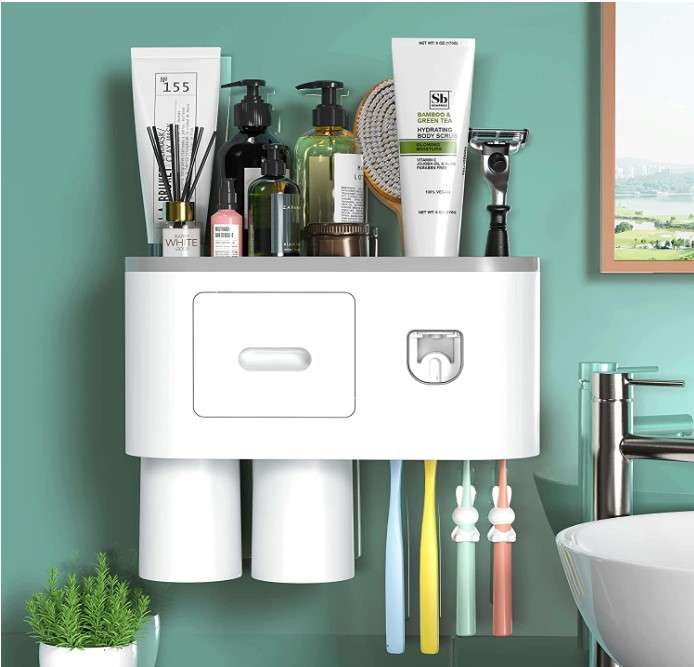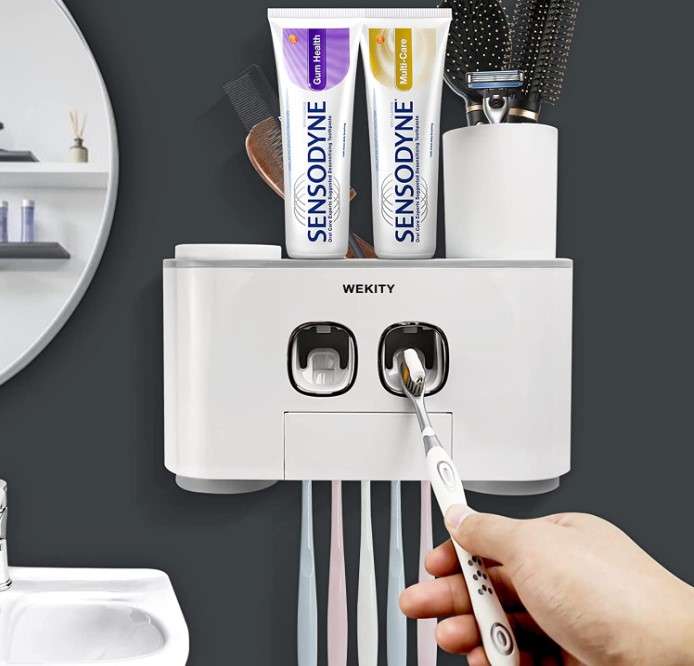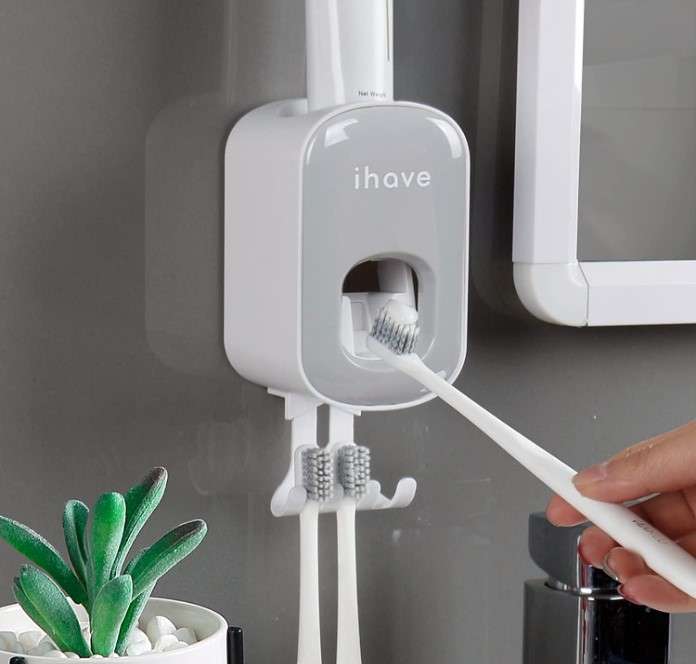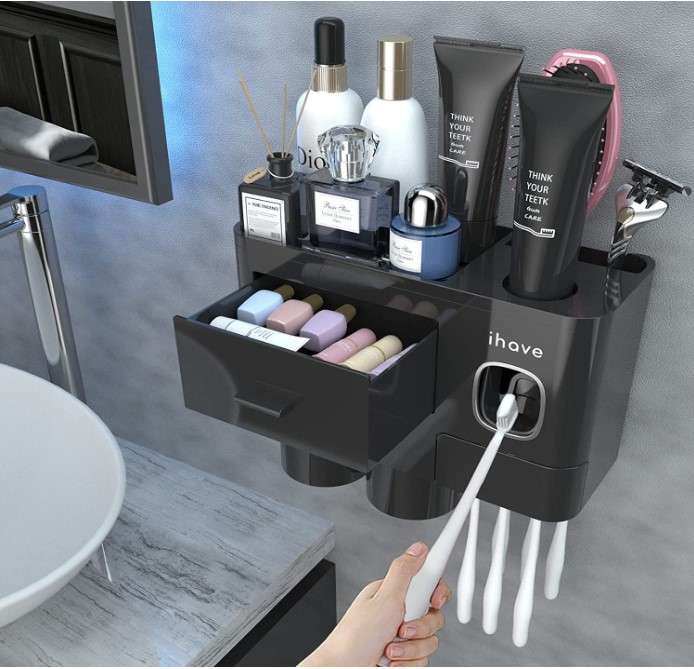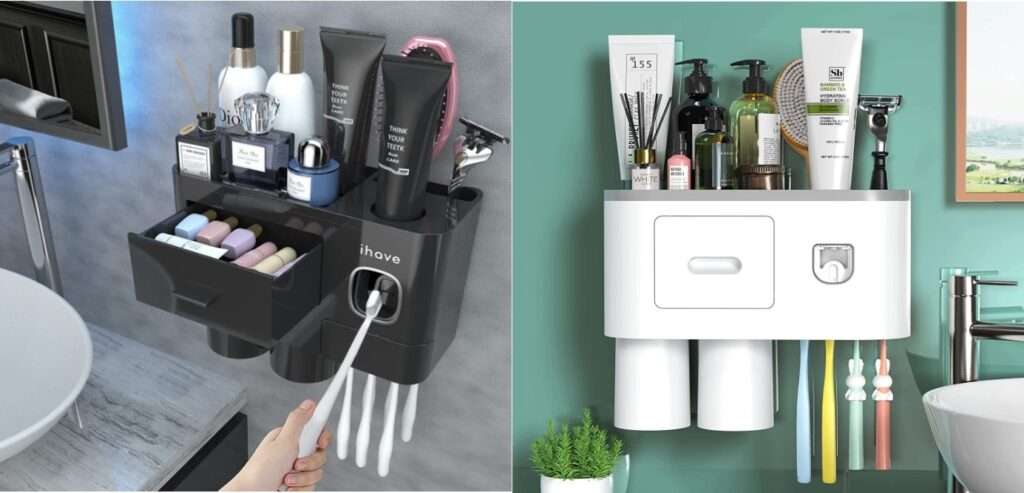
Say, No more messy toothpaste tubes all over the counter.
Puts all your stuff in one convenient place with All-in-one multifunctional very compact and versatile automatic best toothbrush holder.
- Our pick: Toothbrush holder Storage Tray by showgoca
- Highly recommended: WEKITY Multi-Functional Toothbrush Holder Wall Mounted
- In Budget: iHave Toothbrush Holder Wall Mounted
- Best Overall: Aeakey Wall-Mounted Toothbrush Holders
Very easy installation, with no drill and no damage to the wall, just stick it with a very strong adhesive sicker will never fall and works will any type of wall, painted, printed, textured, and also on mirrors.
Make your routine fast and save your bathroom a lot of space due to its compact design made with high-quality durable material.
Its automatic dispenser works great and puts the perfect amount of toothpaste. To hep you pick the best wall mounted toothbrush holder, I’ve listed below
Say Goodbye to old tradition. All-in-one Automatic toothpaste dispenser which squeezing out certain amount of toothpaste. Very easy to install,no drilling and no tools will definitely not fall off and break the wall.
High quality durable material, multifuctional toothbrush holder with automatic toothpase dispener. Very easy to install, fixed well will not fall off and break the wall.
Easy to use and vey beautiful design made with high durable material. Easy to clean.
Fully multi-function toothbrush holder comes with a automatic toothpaste dispenser. For installation no holes and no drill required.
Stylish storage, very functional and versatile compact design. Made of high quality durable material. Easy to clean and all in one automatic toothpaste dispenser.
The most sanitary toothbrush holder is made of non porous materials like glass, stainless steel, or plastic that can be easily cleaned and allows air circulation around the toothbrush bristles.
Consider purchasing a holder with a built-in UV light to kill bacteria and prevent mold growth.
Here are the best UV toothbrush holders that won’t mold*
Mimore UV Toothbrush holder
Yes, using a toothbrush holder is a good idea as it helps to keep toothbrushes organized and hygienic.
The best place to store your toothbrush is in an upright position, in a clean and dry area away from the toilet. Avoid storing toothbrushes in closed containers as they can promote the growth of bacteria.
The most hygienic way to store a toothbrush is in an upright position in a clean and dry area. Do not share toothbrushes with others, and replace your toothbrush every three to four months or sooner if the bristles become frayed or worn out.
Toothbrushes should be stored in a clean and dry area away from the toilet. You can hide your toothbrush in a toothbrush holder on the bathroom counter.. Avoid storing your toothbrush in closed containers or drawers, as they can create a moist environment that promotes bacterial growth.
Toothbrush holders can get gross due to the accumulation of moisture, toothpaste residue, and bacteria from the toothbrush.
Here are some ways to keep your toothbrush bacteria-free:
- Rinse your toothbrush thoroughly with tap water after each use and let it air dry.
- Store your toothbrush in an upright position in a clean and dry area away from the toilet.
- Use a toothbrush holder with individual slots to prevent contact between toothbrushes.
- Clean your toothbrush holder regularly.
- Do not share your toothbrush with others.
- Replace your toothbrush every three to four months or sooner if the bristles become frayed or worn out.
- Consider using a UV sanitizer or an antimicrobial toothbrush to reduce bacteria growth on your toothbrush.
In most countries, prisoners are provided with a toothbrush and toothpaste by the prison authorities. These toothbrushes are usually made of plastic and have a small head and short bristles. Some prisons may also provide access to dental floss and mouthwash.
It is not recommended to cover your toothbrush in the bathroom as it can promote bacterial growth on the toothbrush. When a toothbrush is covered, it creates a moist environment that allows bacteria to multiply, leading to an increased risk of infection. Additionally, covering your toothbrush can inhibit the drying process, which is necessary to prevent bacterial growth. It is best to store your toothbrush in an upright position in a clean and dry area away from the toilet, using a toothbrush holder with individual slots to prevent contact between toothbrushes. This will help to keep your toothbrush clean and free from harmful bacteria.
No, it is not recommended to share a toothbrush with a spouse or anyone else. Sharing toothbrushes can lead to the transfer of harmful bacteria and viruses, which can increase the risk of infections and diseases.
UV toothbrush holders are designed to use ultraviolet light to sanitize toothbrushes by killing bacteria, viruses, and other germs that may be present on the bristles. * Mimore UV Toothbrush holder
To prevent mold growth in your toothbrush holder, follow these steps:
-
Regularly clean your toothbrush holder with hot water and soap, or use a solution of vinegar and water to kill any mold spores.
-
Make sure to rinse the holder thoroughly after cleaning and let it air dry completely before using it again.
-
Consider using a toothbrush holder with drainage holes to allow excess water to drain out, preventing the buildup of moisture.
-
Avoid storing your toothbrush holder in a damp or humid area, and keep it away from the shower or bathtub.
-
Replace your toothbrush holder if it becomes heavily stained or discolored.
-
If mold growth is persistent or severe, consider using a commercial mold and mildew remover or contacting a professional cleaner.
The best material for a toothbrush holder is one that is easy to clean and maintain, durable, and does not promote bacterial growth. Here are some common materials used for toothbrush holders and their pros and cons:
Plastic – Lightweight, inexpensive, and easy to clean. However, plastic toothbrush holders may crack or discolor over time, and some may contain harmful chemicals.
Glass – Sturdy, stylish, and easy to clean. However, glass toothbrush holders can be heavy and fragile, and may shatter if dropped.
Ceramic – Durable, stylish, and easy to clean. However, ceramic toothbrush holders can be heavy and may chip or crack over time.
Stainless steel – Durable, sleek, and easy to clean. However, stainless steel toothbrush holders can be expensive and may show water stains or fingerprints.
Here are the best Toothbrush holders:
Storing a toothbrush in a small bathroom can be challenging, but there are several ways to maximize space and keep your toothbrush clean. Here are some tips:
Here are the best wall-mounted toothbrush holders:
Related posts:
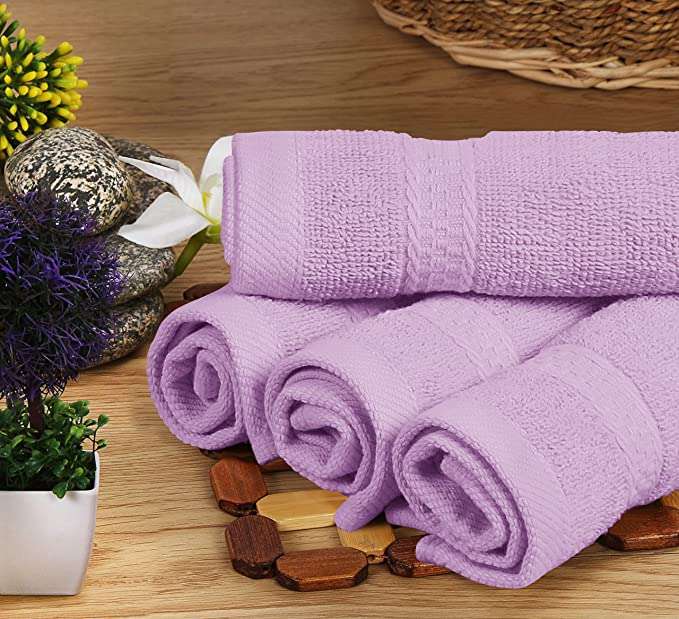 Top 4 Bathing Towels Pure Cotton 2024
Top 4 Bathing Towels Pure Cotton 2024
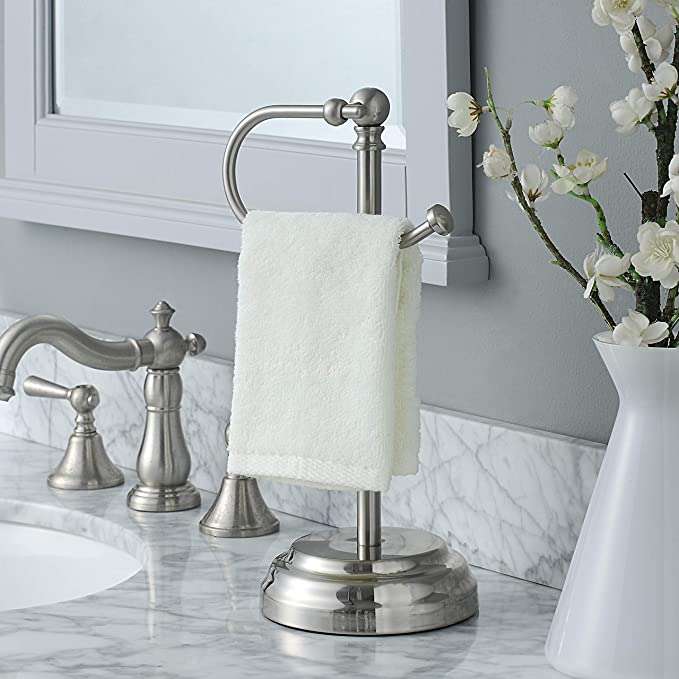 Top 7 Free Standing Towel Rack 2024
Top 7 Free Standing Towel Rack 2024
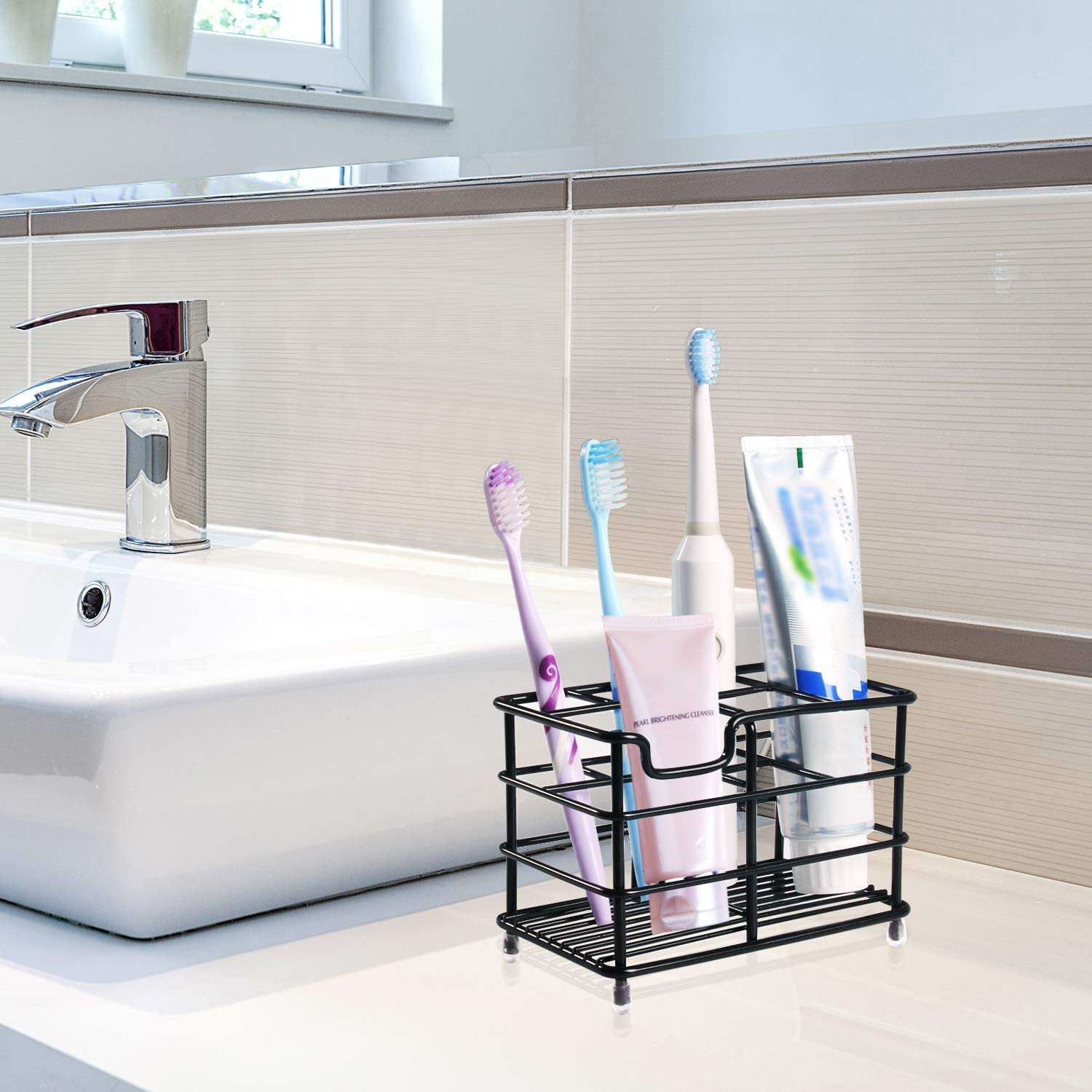 Top 5 Toothbrush holders stands 2024
Top 5 Toothbrush holders stands 2024
 Top 5 Curtains for the Bathroom 2024
Top 5 Curtains for the Bathroom 2024
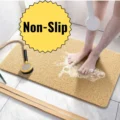 Top 5 Bath Mats Non Slip 2024
Top 5 Bath Mats Non Slip 2024
 Top 5 Soap Dispenser 2024
Top 5 Soap Dispenser 2024
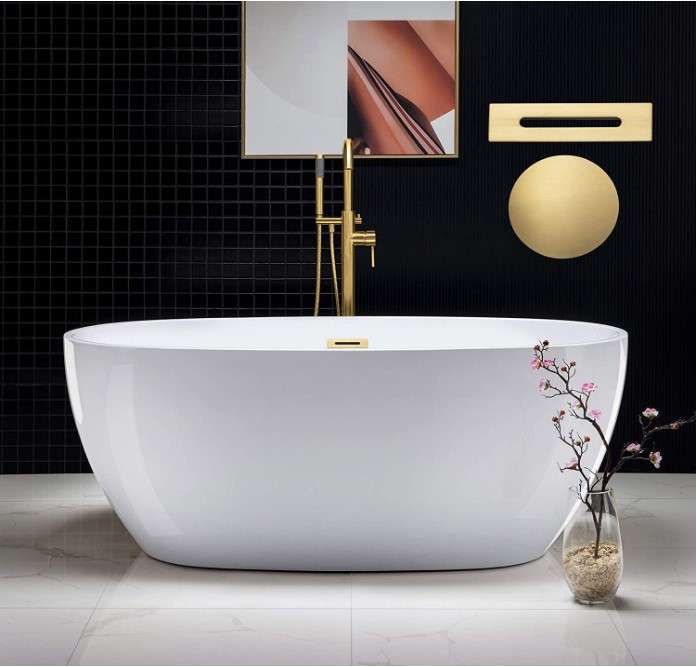 Top 4 Bathtub for Guest Bathroom 2024
Top 4 Bathtub for Guest Bathroom 2024
 Top 5 bathtub Tray 2024
Top 5 bathtub Tray 2024
 Top 5 LED Mirrors for Bathrooms 2024
Top 5 LED Mirrors for Bathrooms 2024
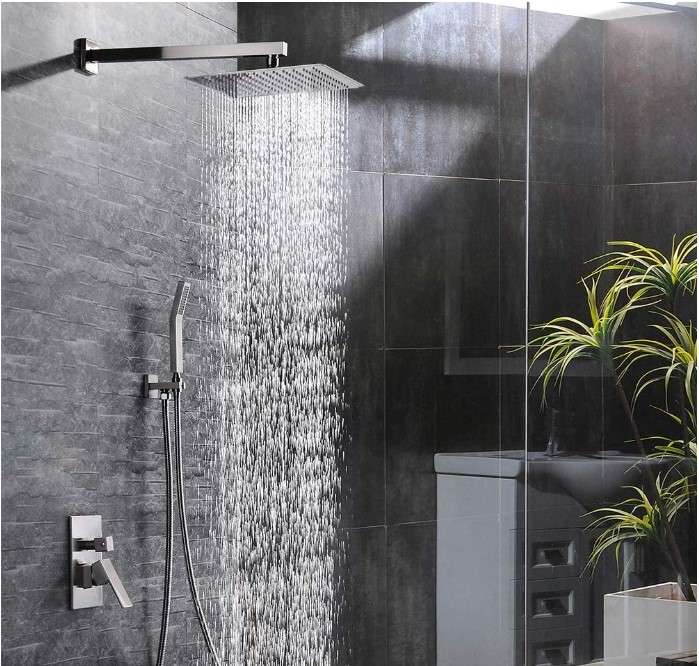 Top 7 Best Shower Heads 2024
Top 7 Best Shower Heads 2024
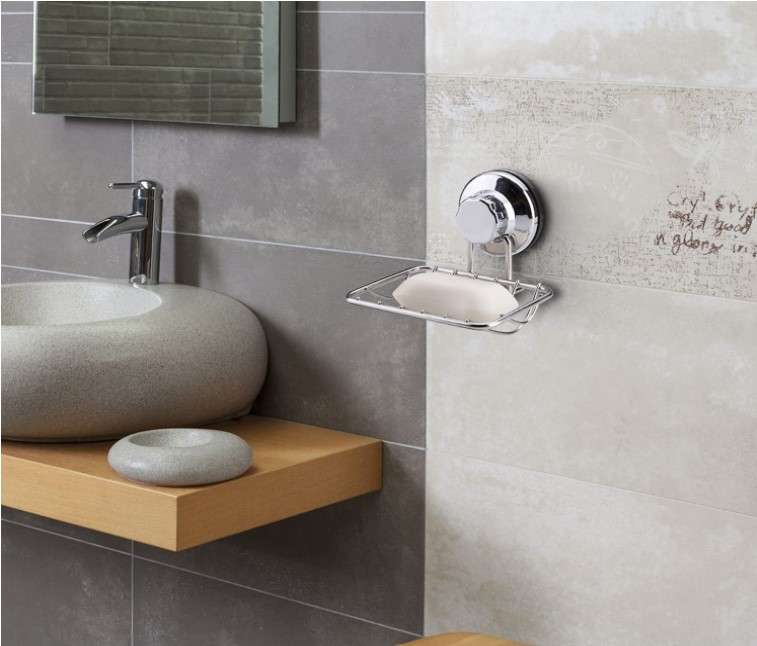 Top 6 Soap Bar Holders 2024
Top 6 Soap Bar Holders 2024
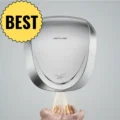 Top 5 Hand Dryers for Bathrooms 2024
Top 5 Hand Dryers for Bathrooms 2024
 Top 8 Shower Caps of The Year 2024
Top 8 Shower Caps of The Year 2024
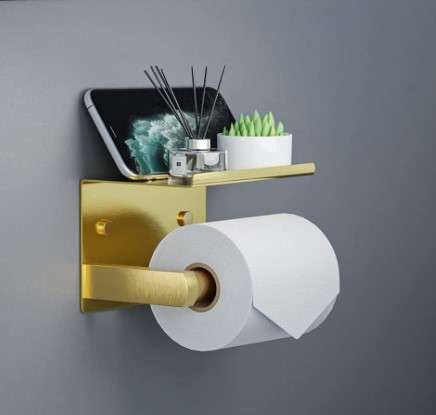 Top 6 Toilet Paper Holders with Shelf
Top 6 Toilet Paper Holders with Shelf
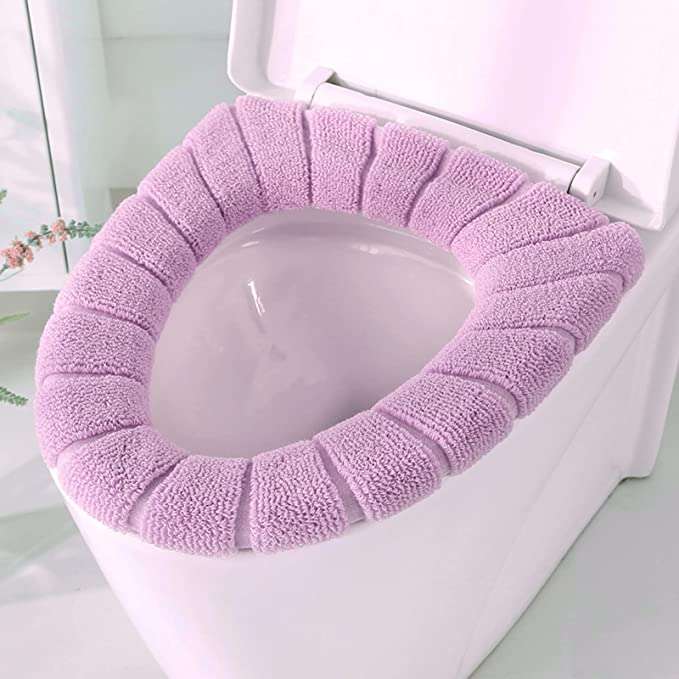 Top 5 Cushions for Toilet Seats 2024
Top 5 Cushions for Toilet Seats 2024
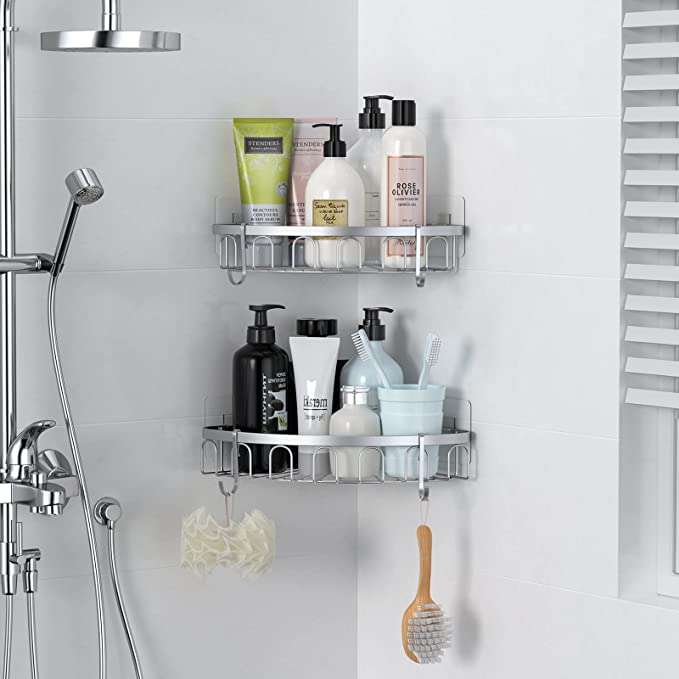 Top 7 Corner Shelves for the Shower 2024
Top 7 Corner Shelves for the Shower 2024
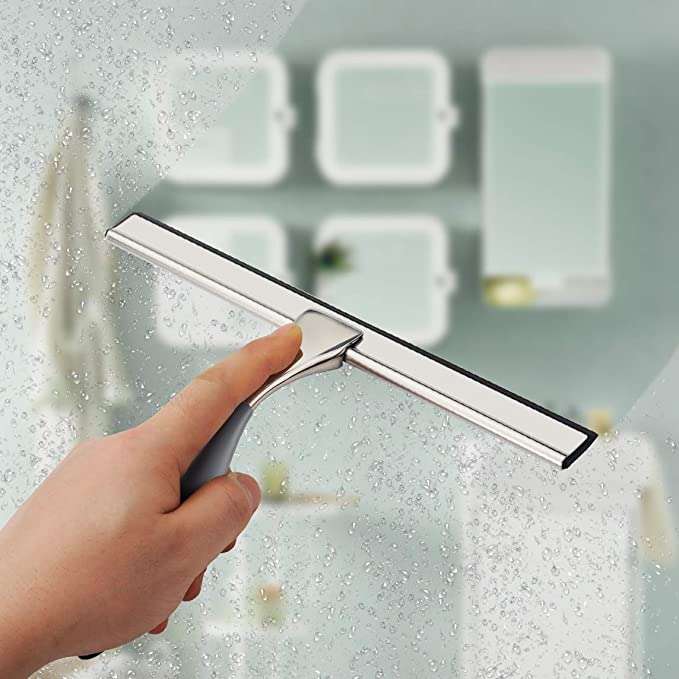 Top 4 Shower Squeegee for Multipurpose Use 2024
Top 4 Shower Squeegee for Multipurpose Use 2024
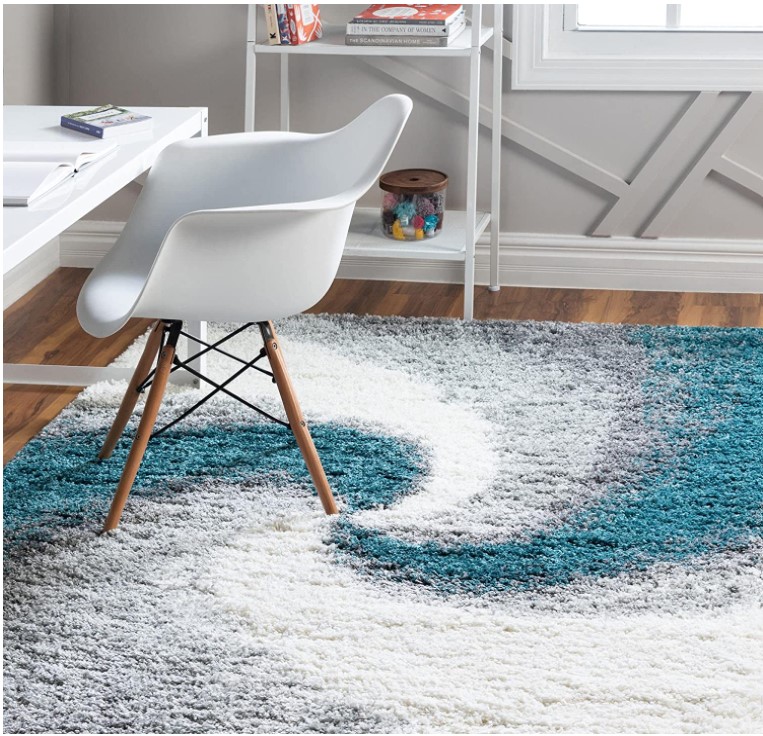 Top 7 Washable Bathroom Rugs 2024
Top 7 Washable Bathroom Rugs 2024
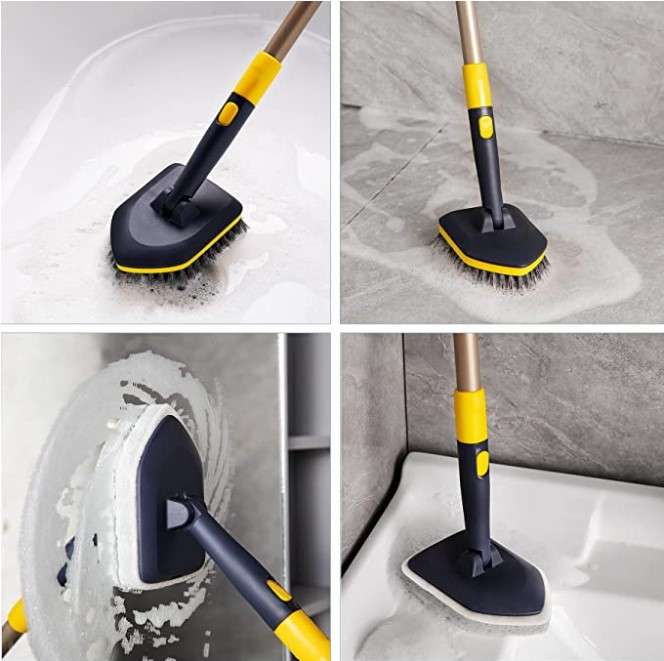 Top 6 Shower Scrubber Brushes 2024
Top 6 Shower Scrubber Brushes 2024
 5 Top Bath Shower Sponges 2024
5 Top Bath Shower Sponges 2024
